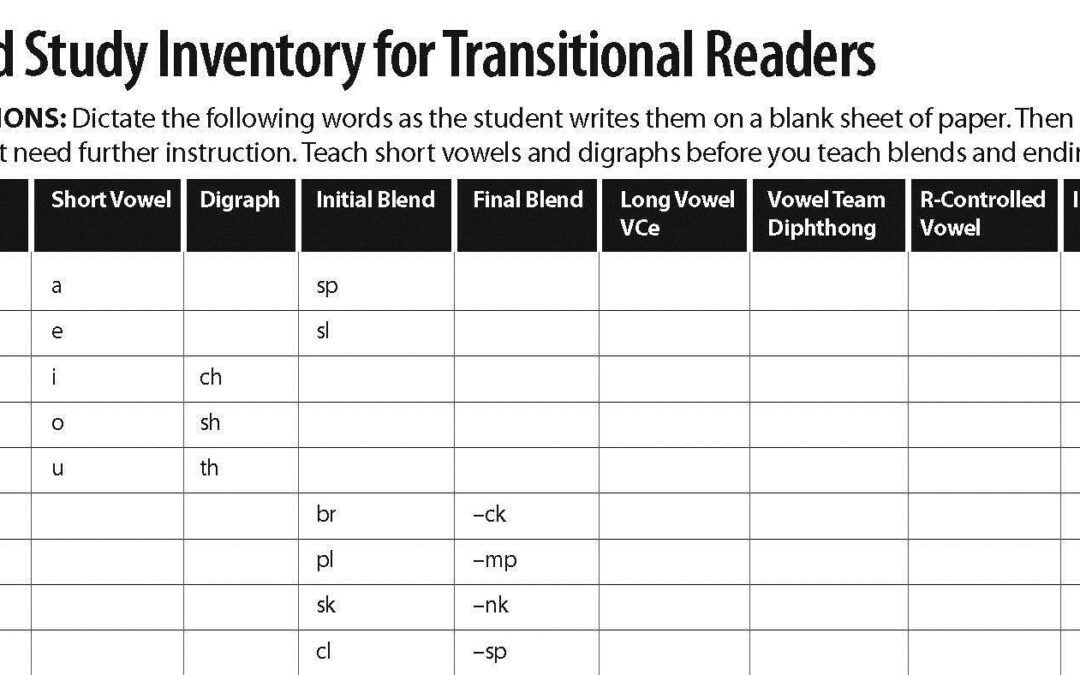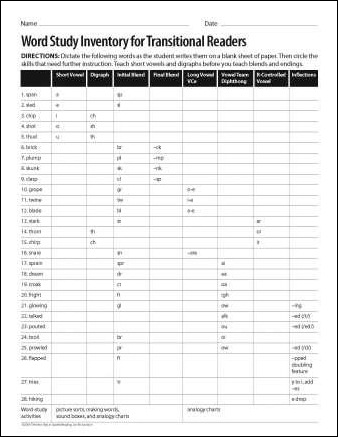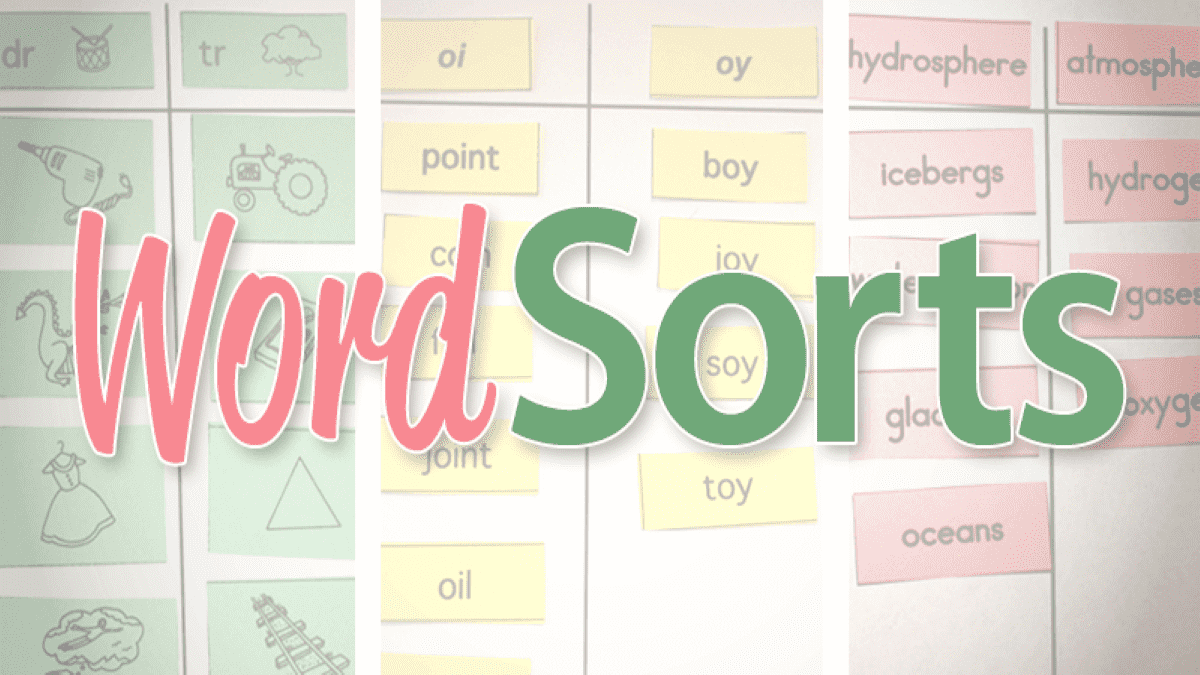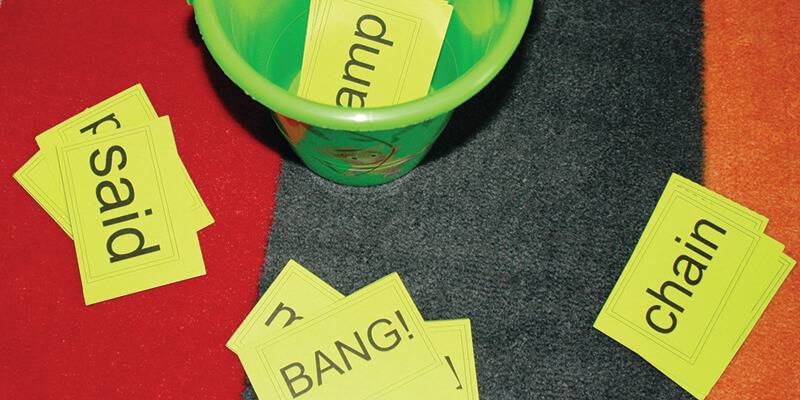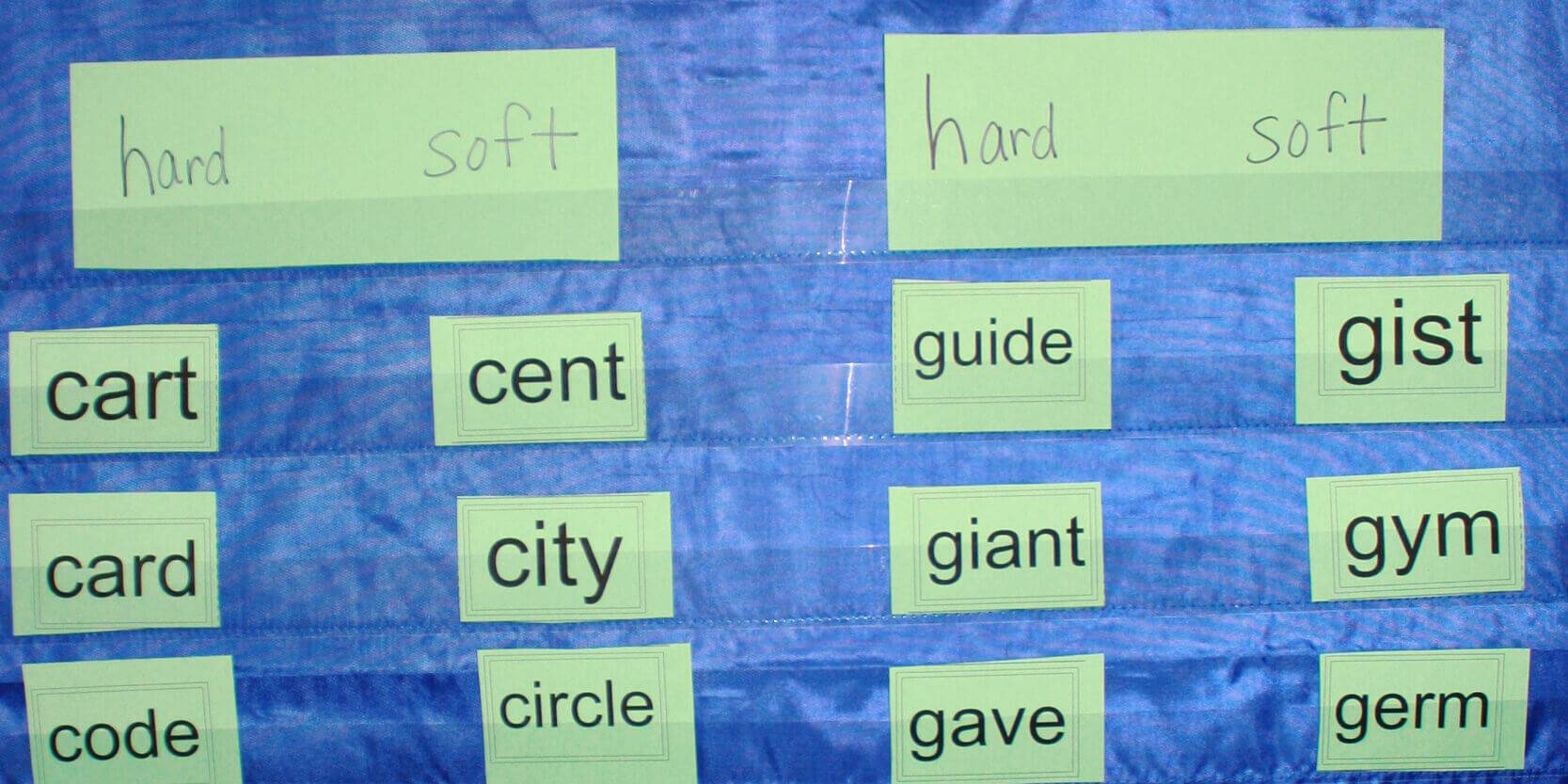Learning Center
reading
Address word study/spelling for Transitional Readers
May 07, 2015
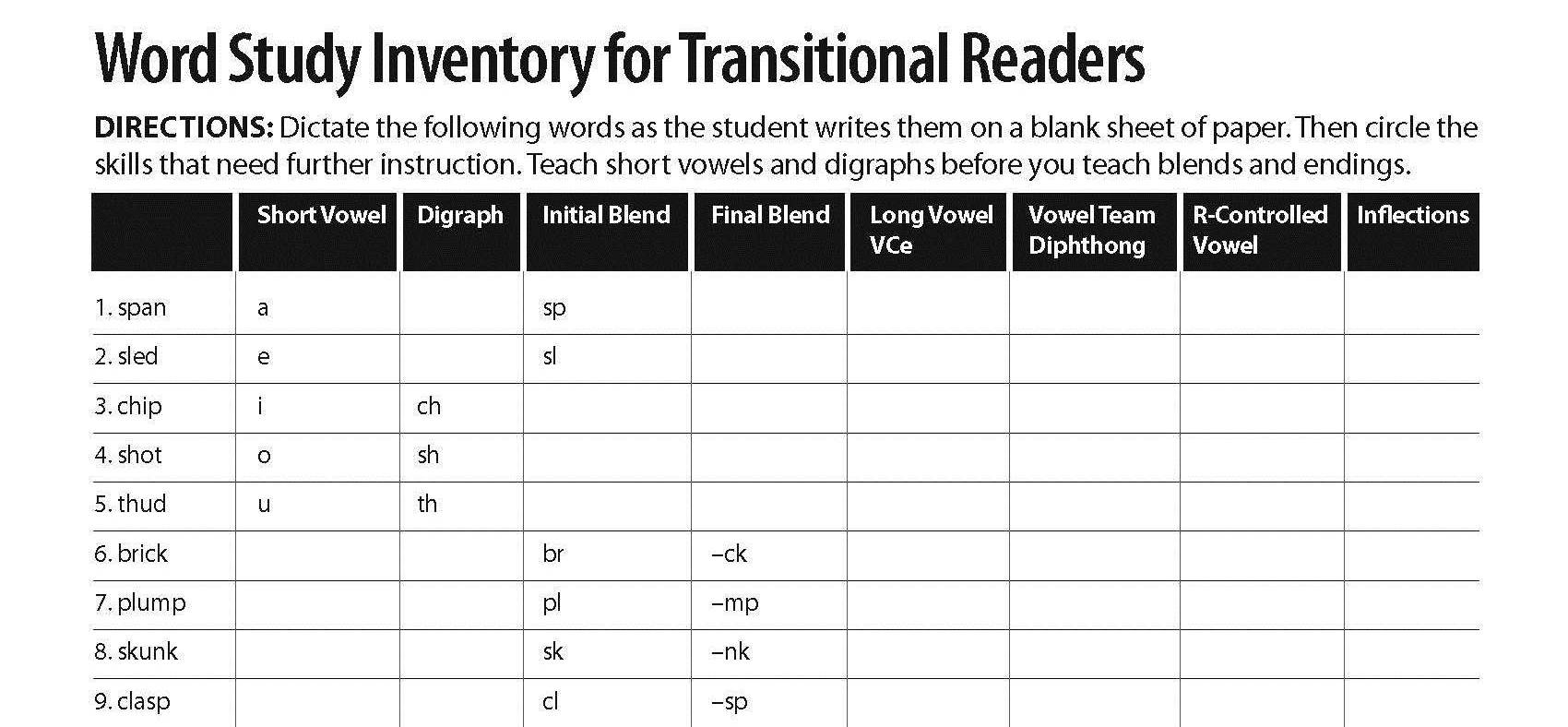
Phonics is the focus of pre-A/emergent and the early/beginning small groups. However, the word-work component in transitional-reader small groups can be less obvious.
Most readers do not master complex spelling patterns until age 10. This means that students in the transitional reading stage (regardless of age) still need explicit instruction on advanced spelling principles (e.g., long and ambiguous vowels).
Although many students have been introduced to these spelling patterns in previous grades, they are using but confusing the patterns. They know there are multiple spellings for certain vowel sounds; however, they are not sure which one to choose when writing. Therefore, small-group instruction with transitional readers should include a few minutes of word work to untangle some of the students’ confusions.
To pinpoint which confusions to target with a small group, complete a word-study inventory. (NOTE: This word-study inventory is appropriate for readers in the transitional stage only.)
1. Administer the inventory test to a small group.
Work with small groups or administer the inventory to the whole class if needed. Students only need a blank piece of notebook paper and a pencil. Using the list of words on the inventory, give the test like a typical “e;spelling test”e; by stating the word, the word in a sentence, and the word again. The words become more difficult as you progress down the list. If students get upset because they are unsure of the spelling, let them know that this is not for a grade.
Students should sound-stretch the words and write down any letters that they think would represent those sounds. Tell them that this assessment informs you about what you should teach them based on what they know and don’t know. Administer the whole list to transitional readers, as you want to see if they have needs in any of the areas of phonics from short vowels to inflectional endings.
2. Collect and record the responses for each student.
On the individual student sheet, leave the box blank if he spells a facet of the word correctly. If his attempt is incorrect, record the attempt in the box. You want to analyze what’s missing from their attempts. Having the attempt written will help you determine if the pattern is unknown or just confused for another spelling of this sound. If you’re compiling data for the students within one small group, then put all the information onto one sheet. Using different colored pens (one per student), leave the box blank if he spells a facet of the word correctly. If his attempt is incorrect, put a check mark in the box. (You’ll know which student had an error based on the colored pen you use.)
3. Highlight the areas of instruction needed by the entire group.
(The first skills to tackle are those students are “e;using but confusing.”e; Tackle any incorrect attempts such as spelling “e;broyl”e; for “e;broil.”e; This is evidence that students know of the spelling, they just don’t know why to choose a particular pattern.) Save the unknown spelling principles for whole-class lessons or future small-group lessons to introduce patterns as they arise in text.
4. Plan 2-3 minutes of word-study activities.
Plan activities for each group meeting based on the knowledge of which spelling principles a particular group needs.
The word-study inventory is a great diagnostic tool. It can be used to quickly identify confusions or unknowns a couple of times a year.

